Barry and Adam wrote and published the book “Guided Retirement Income Planning” in November 2020 to create higher levels of financial literacy and to show a comprehensive and logical process for executing income planning in retirement. Since we believe that this subject matter is so important and relevant, we are going to roll out one chapter each month. While our approach and philosophy will remain consistent in every economic cycle, customization for each household will vary.
We want to emphasize that some of you are not close to retirement and it is never too early to plan. You may also have loved ones, friends, or colleagues that are in need of help. We would be pleased to send them a complimentary copy of our book. We simply hope to help as many people as possible. As we present these chapters, we invite you to circle back to us with any questions or concerns about the content and how it relates to you.
Please enjoy Chapter 17 below! If you missed any of the previous chapters, you can read them all on our blog here.
Regards,
Your Partners at MGFS
Chapter 17
The Benefits of ROTH Accounts
““The hardest thing in the world to understand is the income tax.” (Albert Einstein)
You will want to understand the wonderful long-term benefits of Roth accounts. These individual retirement accounts (IRAs) are useful tax and retirement planning tools for long-term growth. Unlike traditional IRAs, Roth contributions are made with after-tax dollars. In other words, they do not reduce taxable income by the amount of your contributions. However, Roth accounts allow your money to grow tax-free. When taken properly, withdrawals can be tax-free, as well. Following are several ways you can contribute to a Roth account:
- Roth IRA contributions – There are income limitations which may preclude you from going this route. The income limitations will change from year to year and you should review them to confirm your eligibility.
- Roth account election in an employer-sponsored qualified plan – There are no income limitations to participate in this type of a retirement plan. A plan participant can even split the contributions between traditional tax-deferred and Roth accounts. The plan document needs to allow for Roth contributions. If the employer makes matching contributions, they are credited to the traditional tax-deferred account. Contributions to a Roth employer-sponsored qualified plan may be the easiest way to accumulate a large Roth account balance. It should also be noted that there are different withdrawal rules for employer-sponsored Roth plan accounts and Roth IRAs.
- Roth conversions – Anyone can convert either a partial or full amount from a traditional IRA to a Roth IRA as long as the appropriate taxes are paid. The taxes are paid on the amount of the conversion. There is no penalty incurred for Roth conversions prior to age 59½. Roth conversions should be considered, especially, in years when your taxable income is low or lower than average and when your assets experience a significant decline due to a market correction. You will need adequate cash in taxable accounts or liquidity from other sources to pay the ordinary income tax due the following year.
Please note, to qualify for tax-free growth and distributions, the Roth IRA account must be held for 5 years and the account owner must be 59½ or older. These accounts have other exceptions and restrictions. If a transaction associated with the Roth account is not qualified, you will be subject to taxes and a 10% IRS penalty on the appreciation. Roth accounts can be used with most investment strategies.
So what are the benefits of a Roth IRA in retirement income planning? Here are a few:
- Tax flexibility and diversification – Roth accounts help with tax bracket planning and managing your tax liability in retirement. Roth distributions in retirement can be blended with both after-tax and other tax-deferred accounts to allow for better tax management.
- No required minimum distributions – This contrasts with traditional IRAs. However, Inherited Roth IRAs do have required distributions and remain tax-free.
- Emergency funds – A Roth IRA account can be very helpful for budgeted or non-budgeted retirement expenses. For example, a new car can be purchased using funds from this account without paying taxes on the withdrawal.
- Legacy planning – Roth IRA accounts can be left to a spouse tax-free. As previously stated, inherited Roth IRAs to heirs require tax-free mandated withdrawals.
- Additional benefits – Roth distributions are not considered income when determining Medicare premiums or net Social Security retirement benefits.
As discussed above, Roth IRA accounts and conversions can be very effective tax planning tools for assets intended for growth. When eligible, you are allowed to make the same investments in traditional and Roth IRAs. By sacrificing short-term gain from a tax deduction associated with a traditional IRA, the investor is receiving a potential tax-free benefit for life. Having a systematic contribution or conversion strategy or systematically converting traditional accounts into Roth accounts in smaller but manageable amounts can be great long-term approaches to accumulating sizeable tax-free assets. When considering a Roth IRA, you will presumably prepay taxes on a smaller account today. In doing so, you may avoid paying taxes on a larger dollar amount with potentially higher tax rates in the future. The Roth IRA will be one of your most valuable assets because of its tax-exempt status. It is like holding a golden ticket! Given the potential for complexity, please put your tax and financial advisors to work on your behalf.
Words of Wisdom on Life
The goal is to live a full productive life even with all that ambiguity. No matter what happens, whether the cancer never flares up again or whether you die, the important thing is that the days you have had you will have lived. (Gilda Radner)




